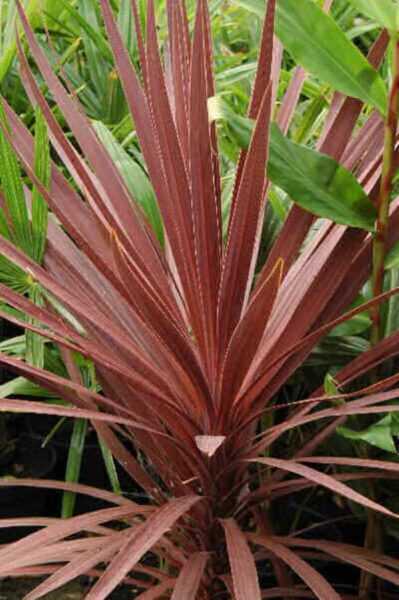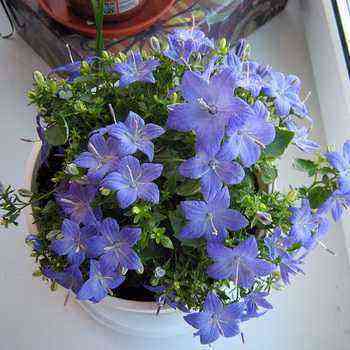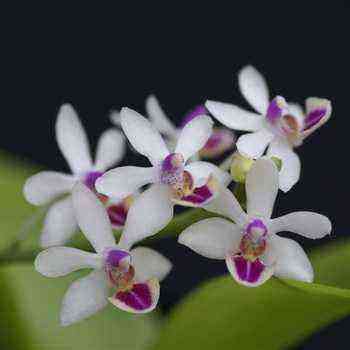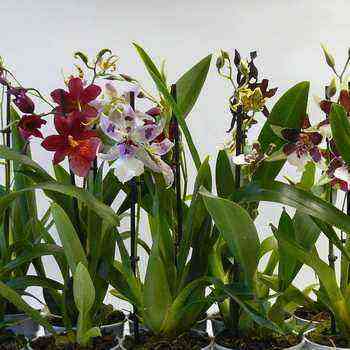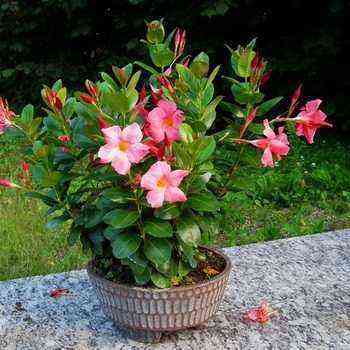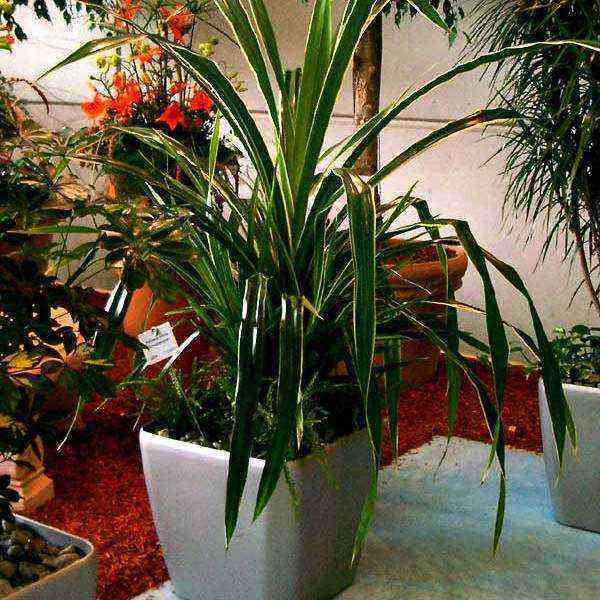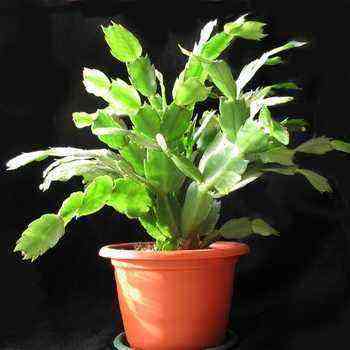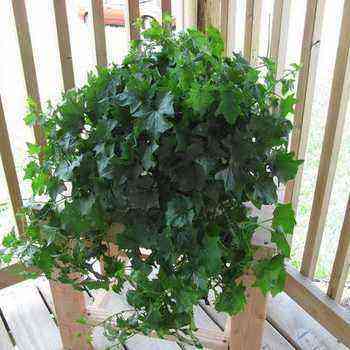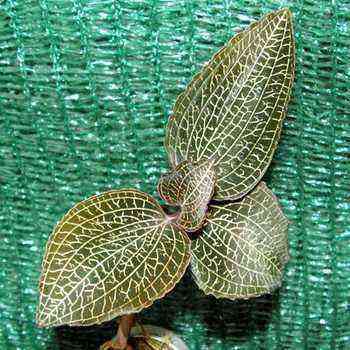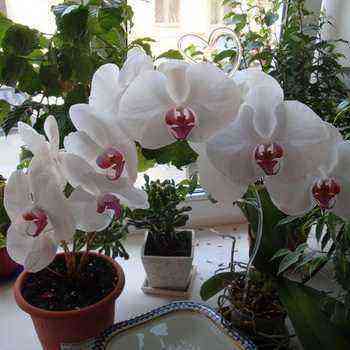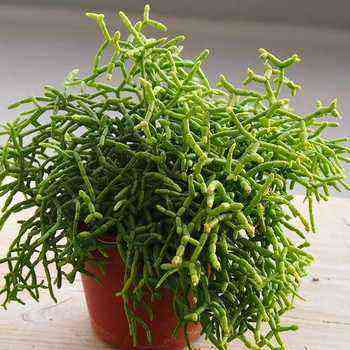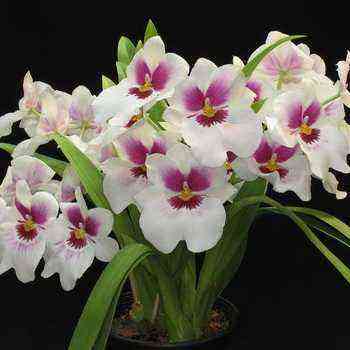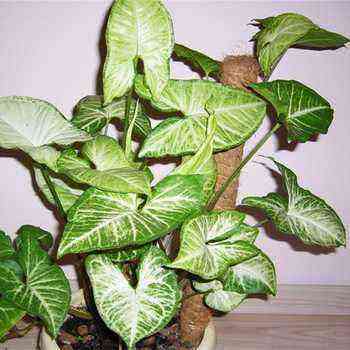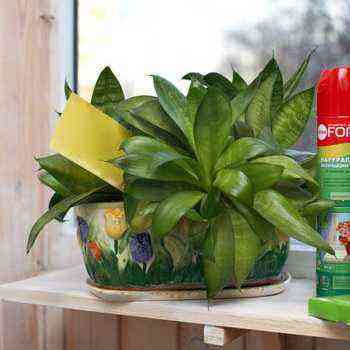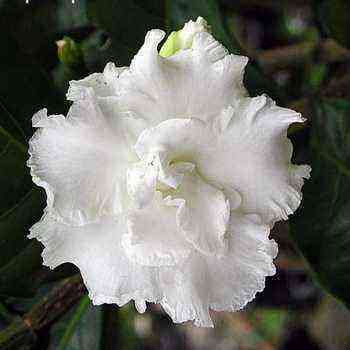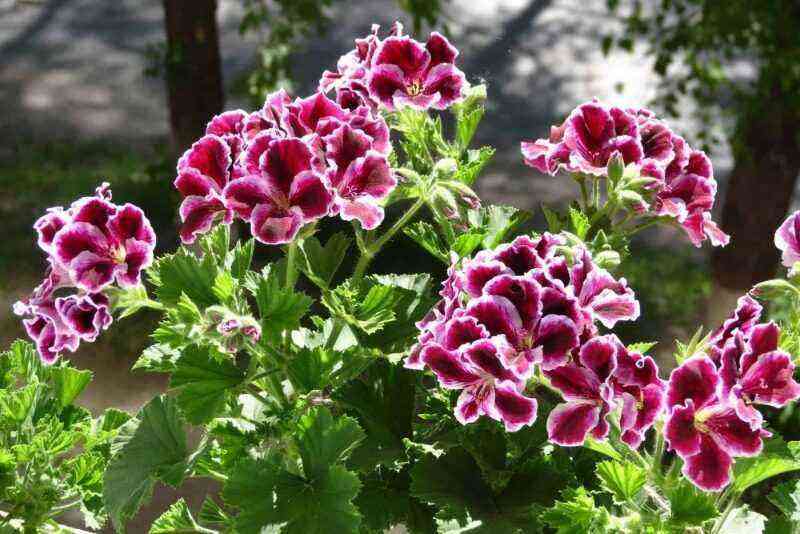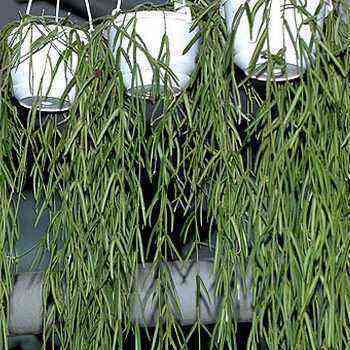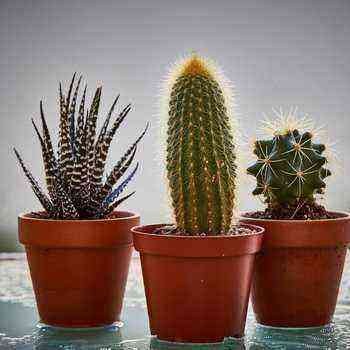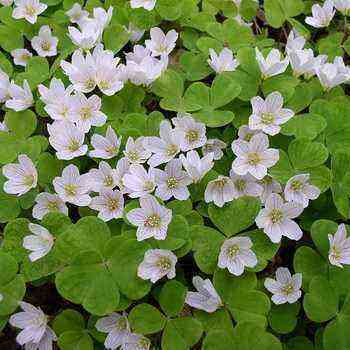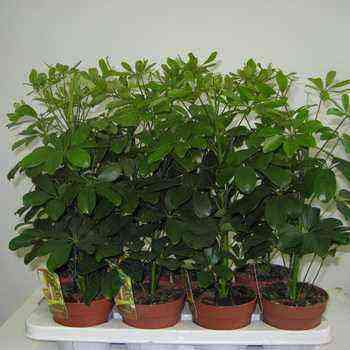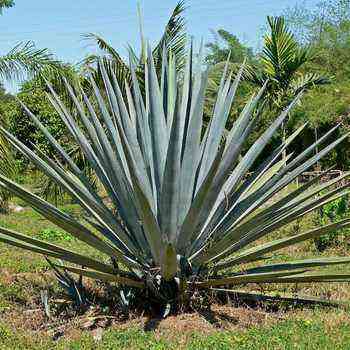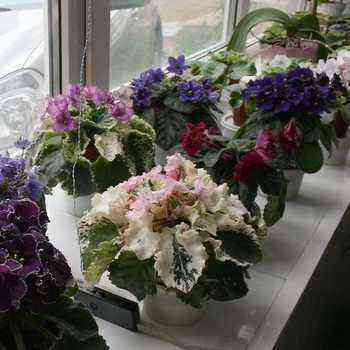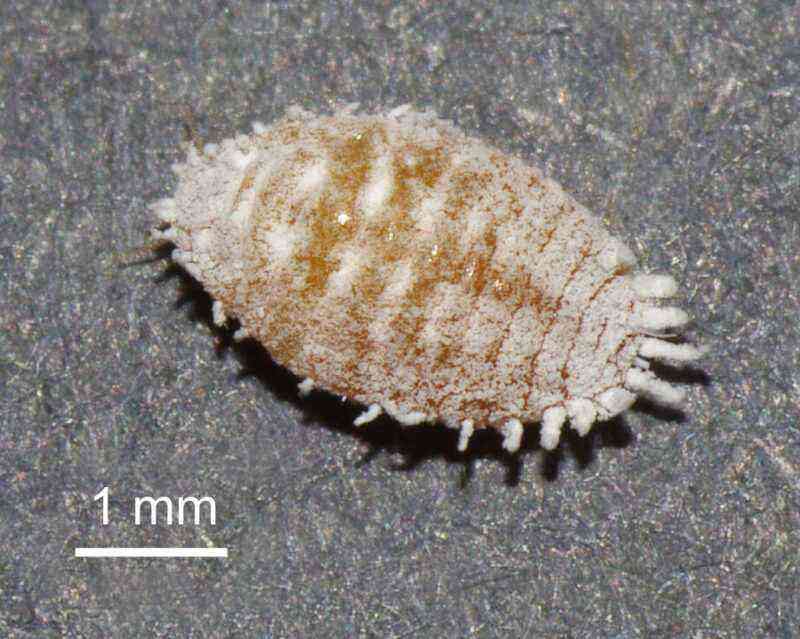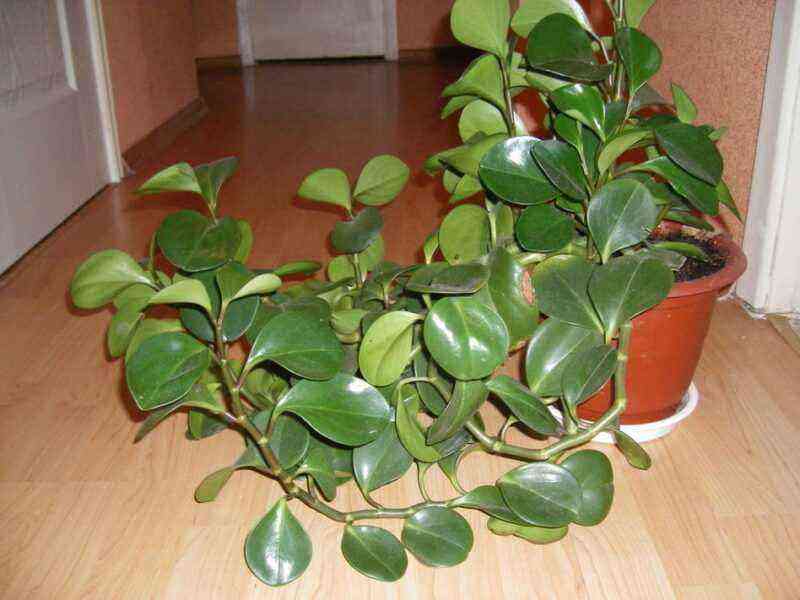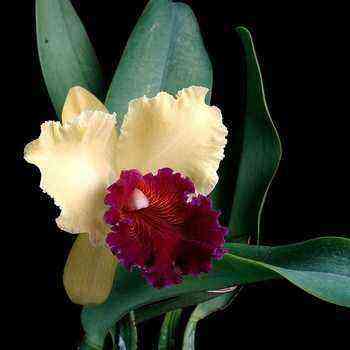A variety of ornamental plants for home and garden allows you to create the most original interior solutions. Among the variety, species with decorative properties of the deciduous part deserve special attention. Cordilina flowers are a genus of monocotyledonous flowering plants of the asparagus family, subfamily Lombandra. This genus includes about 15 representatives. The subfamily was previously considered as a separate family Laxmanievs or Lomandras. In some old gardening books, you can see that the flower belongs to the Liliaceae family and has been classified as dracaena. There are many similarities between the two given their botanical classification and cultural requirements. Other authors have placed the genus in the Avagadovs. Cordilina is a natural inhabitant of the Western Pacific Ocean, New Zealand, Eastern Australia, Southeast Asia, Polynesia and Hawaii.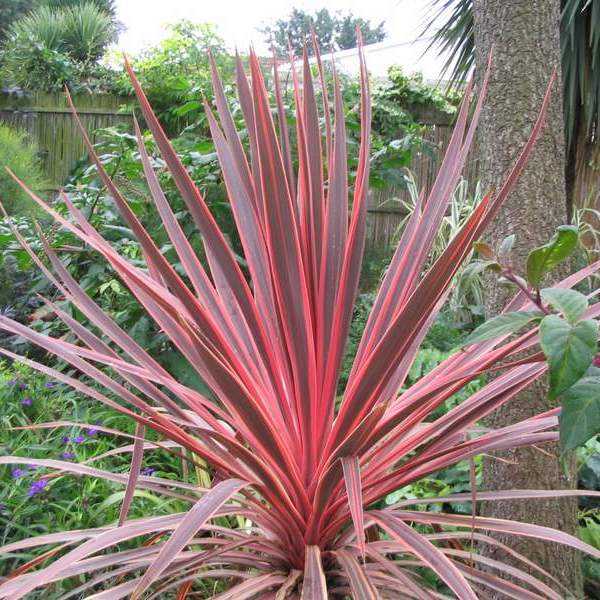
The flower’s name comes from the Greek word kordyle, which means club, in reference to extended underground shoots or rhizomes. The plant is able to survive even in the desert and tropics, but it will also get along well in your garden. Some cordilinia have evolved in tropical climates and can be grown outdoors, though only during the warmer months.
Group members are often grown as ornamental plants. Many types of cordilin have been used as food and medicine. The rhizomes are fried in an earthen oven to extract sugar from it.
The cordiline flower allows you to visually make your garden taller and more colorful. Long, clustered leaves create the illusion of a tropics right in your garden, especially when planted in a pool of water, for example, near a swimming pool or fountain. A sparse growth habit can be used equally effectively in lush gardens or arid designs. They provide an interesting contrast to the usually rounded leaves of most plants.
Description of the cordilina flower and its photo
A brief description of the cordiline flower and a photo of the plant at various stages of development are offered. Cordilina, also known as the Hawaiian lucky bush, is popular for its intense leaves, colors and shapes that leave a lasting impression and are memorable even for their deep shade. It is a palm-like shrub with strong, usually branching leaves up to three meters in height. The leaves are 30-50 centimeters long and up to 16 centimeters wide. They can be glossy green, reddish purple, or a combination of various shades of purple, red, yellow and white. Leaves grow from the bunch of the upper part of the woody stem of a mature plant and slightly along the stems of young indoor plants. When mature, cordilina produces yellow or red flowers that have a sweet and fragrant aroma. The fruits are bright red berries. Look at the photo of cordilina of various types and varieties:
The leaves are xiphoid and grow from a single bush. They produce tree trunks with multiple heads and parts that are able to take on a sculptural shape.
Caring for cordilina at home
Keep the plant in an area that receives some sun or partial shade. And do not forget that if you are growing it in full light, then the number of waterings should be significantly increased. Caring for cordilina at home is not difficult if you know some agricultural secrets. Despite the fact that cordilina will survive rather low light, foliage will never get a rich color. The soil for the growth of cordilina should consist of loam, sand and clay. Good drainage must also be present.
Keep the soil constantly moist when caring for cordilina at home. Do not let them dry out between waterings. Cordilina needs very humid air to keep the leaf tips from drying out and forming brown spots. An air conditioner or use a humidifier will help you to create increased humidity in the room. Another trick is to put a layer of gravel and water in the pan of the pot. It will be better to end up growing a flower in a closed greenhouse or with closed windows on the windowsill. If you notice that the tips of the leaves have begun to turn brown, it means that the water you are watering contains a lot of fluoride.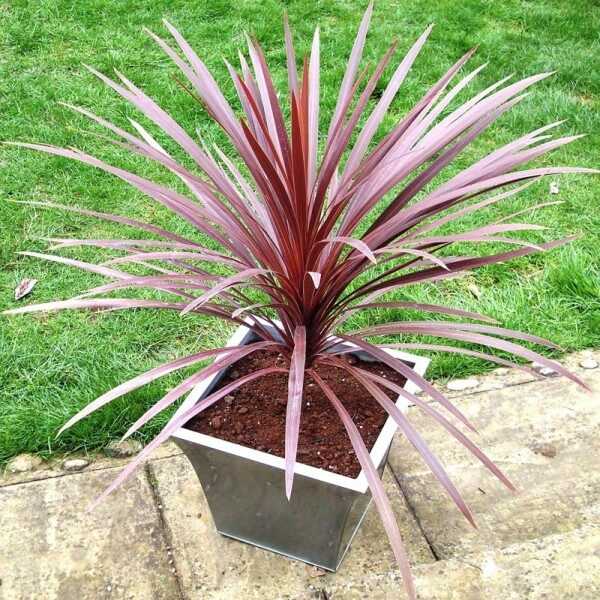
Do not expose the cordilina flower at home to temperatures below thirteen degrees. The flower needs light from low to medium levels, and the temperature is between 17-23 degrees and not less than 10. It is necessary to maintain the optimal degree, since a jerk lower or higher can cause problems with the growth and development of the flower. Remember to apply fertilizer to stimulate growth, but keep it away from the leaves.
Reproduction of cordilina
Any beauty requires regular care and the use of agricultural techniques for breeding and maintaining varietal traits. Obtaining new bushes is a complex process, for which it is necessary to follow the rules for breeding this plant. Reproduction of cordilina can occur in three ways – cuttings, seed germination and separation of branches from the main bush.
Cordilina seeds for plant propagation are recommended to be planted from late summer to early winter. They are sown in the ground on raised beds or in boxes and containers. Then they are covered with a small layer of peat or sand mixed with peat. It must be kept moist at all times until the seeds begin to germinate and develop. When the seedlings are tall enough, they are transplanted into larger pots. You can also place them in a greenhouse to help the seeds germinate faster.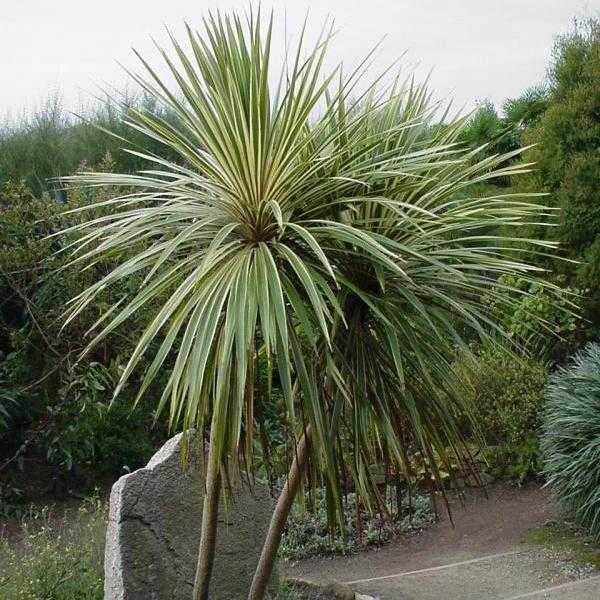
Many varieties of cordilina reproduce well using cuttings – the stems are cut into 7-12 centimeters, the leaves are removed and put in a mixture of sand, preferably with bottom heating. It remains to wait for the first shoots with leaves to appear on the shoots. When four to six leaves appear, the shoot is planted in a separate pot with specially prepared soil, as they require storage in the shade, without the sun, until the roots have fully germinated. This will help prevent necrosis of the tips of leaves and roots.
The light level depends on the variety you choose, for example a species with bright red leaves as the light intensity decreases, it begins to produce leaves with wide pink stripes. If the flower is watered frequently and abundantly, it is recommended to increase the amount of fertilizer.
Types of cordilina
Modern types of cordilina are a variety of shades of foliage and buds. Next, we offer photos of the types of cordilina and short descriptions with agrotechnical characteristics.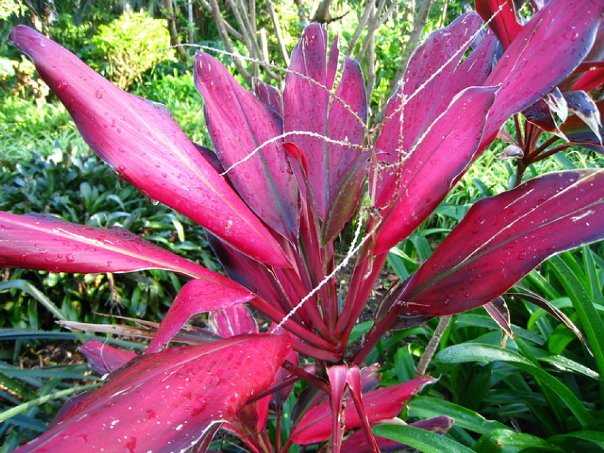
Apical cordilina
Apical cordilina is an evergreen flowering plant of the Asparagus family. The flower grows up to four meters in height with leaves up to 60 centimeters long and 10 centimeters wide. They also have flowers up to 40 centimeters long in the shape of a panicle with bright, fragrant yellowish-red flowers that form bright red berries.
They are native to the tropics of Southeast Asia, Papua New Guinea, Melanesia, northeastern Australia, the Indian Ocean region, and other parts of Polynesia.
Its roots form a very sweet starch, especially when the flower is fully ripe – they are eaten or used as a medicine. And the leaves were used to create thatched roofs, wrapping and storing food. They are also used to make clothing, including skirts for dance performances (in this way, in particular, they create Hawaiian hula skirts, a tight skirt with an opaque layer of about fifty cordiline leaves). 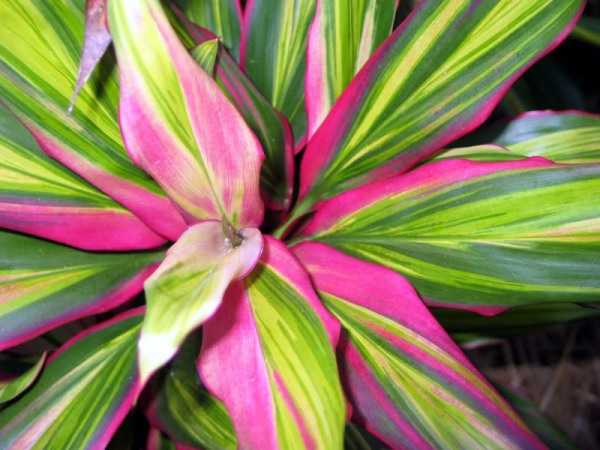
This variety is a popular ornamental plant due to its picturesque red, purple and green leaves that attract the attention of many gardeners and landscape designers.
Cordilina kiwi
Cordilina kiwi is a very popular, medium to small-leaved cultivar with small red patterns around the green leaves. They have loosely arranged patterns of yellow-green, yellow and ivory stripes along the veins of the leaves. You can also find red lines inside the patterns (this phenomenon occurs only on some leaves).
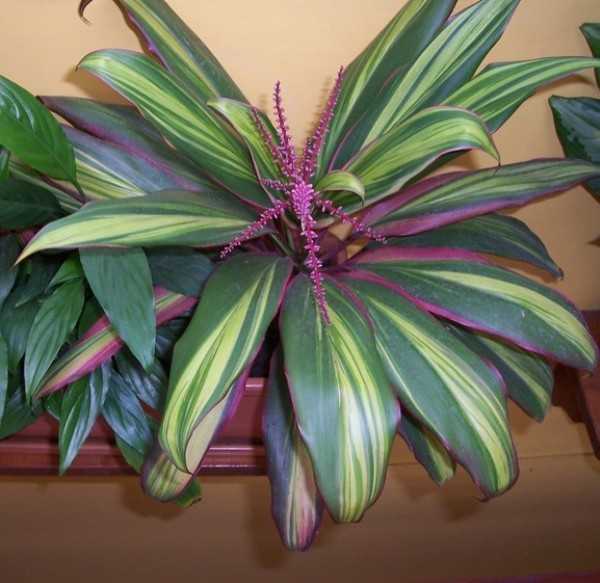

Cordilina straight
Cordilina straight is also known as slender lily, narrow-leaved lily. It is an evergreen plant native to Australia. The bush can grow up to five meters in height and usually grows in coastal lowlands.
Its leaves are thin and long, from 30 to 50 centimeters and 1-2 centimeters wide. Mauve flowers form a panicle-shaped inflorescence up to half a meter long. The flowering stem can reach 15 centimeters. The fruit is purple-black in color and 10-15 mm in diameter. There are also black fruits, but they are found only in Australia.
Cordilina straight is grown in gardens as an ornamental plant
Australian cordilina
Australian cordilina, or southern cordilina, is also widely known as the cabbage tree. It grows up to twenty meters in height and has leaves as tall as a sword, which are collected at the end of branches and can reach up to a meter in length. With its tall and straight trunks and thick, round head, it has become a true national symbol of Australia and New Zealand.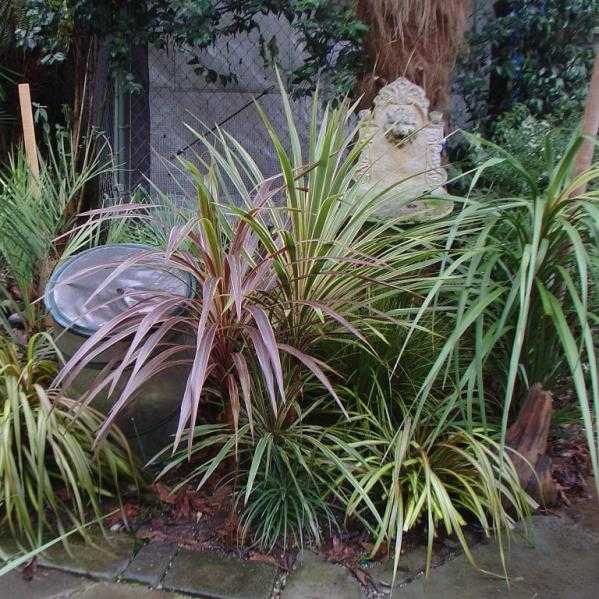
It is valued as a source of fiber – it is used to make fabrics, brushes, wickerwork and the like. Also in ancient times, it was often used as food.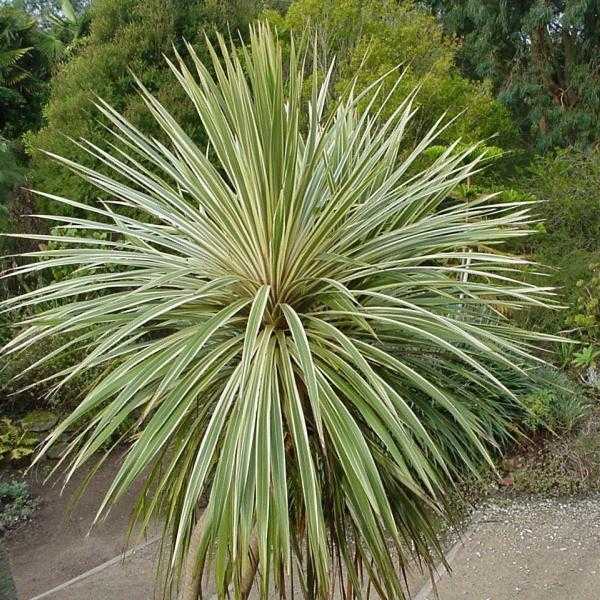

Cordilina red
Cordilina red, also known as the palm lily, is a plant of Australian origin. It grows like a shrub and can grow up to four meters in height. It lives in tropical and humid eucalyptus forests.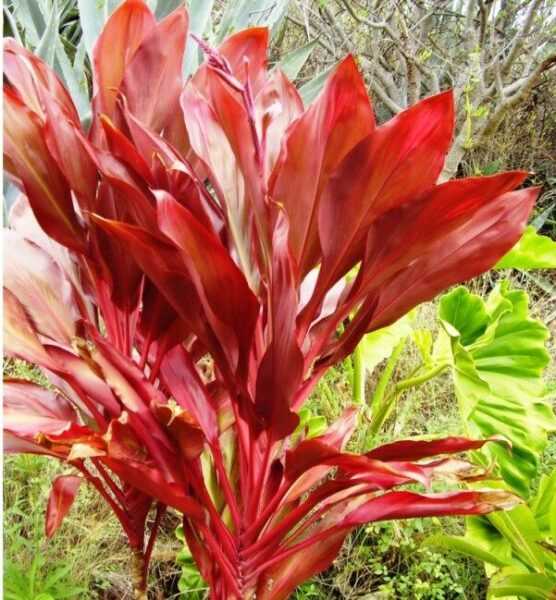
The red cordilina was first described by the German botanist Karl Friedrich Otto and Gottfried Albert Dietrich. The specific name comes from the Latin word “ruber” – red.
Leafy shoots of the plant can grow up to 20 centimeters and have a slightly concave or flat surface (depending on the habitat). It blooms in summer and produces bright red fruits – 10 mm in diameter.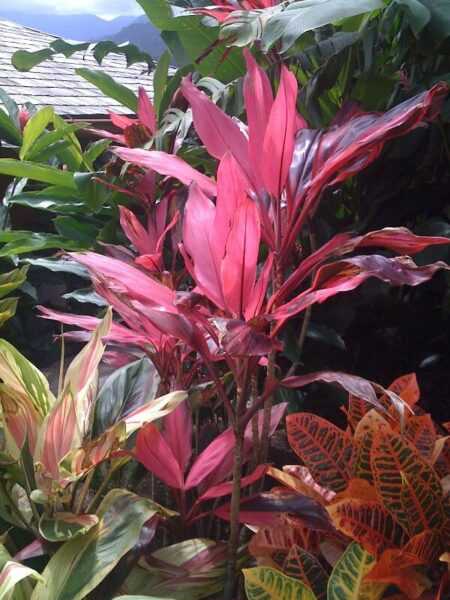
This type of cordilina is equally easy to propagate both by seeds and cuttings. A place in partial shade with moist soil is best for him. It is a very resilient plant that can tolerate slight neglect and short-term neglect. Perfect as a houseplant.
Cordilina mix
Cordilina mix differs from other varieties with multi-colored leaves, which can combine several colors at the same time – for example, green with red and purple. This colorful, picturesque plant is very popular among gardeners and is ideal for landscaping and landscaping any space.